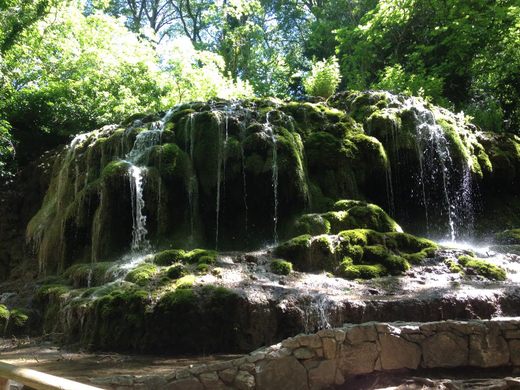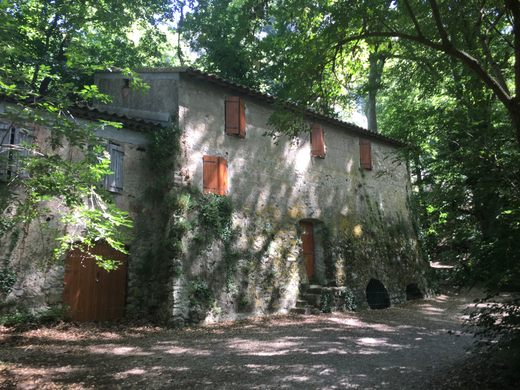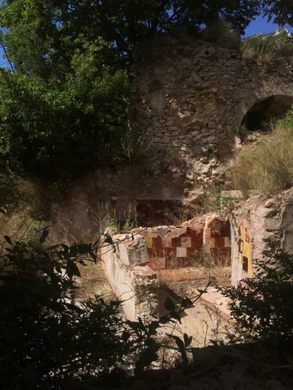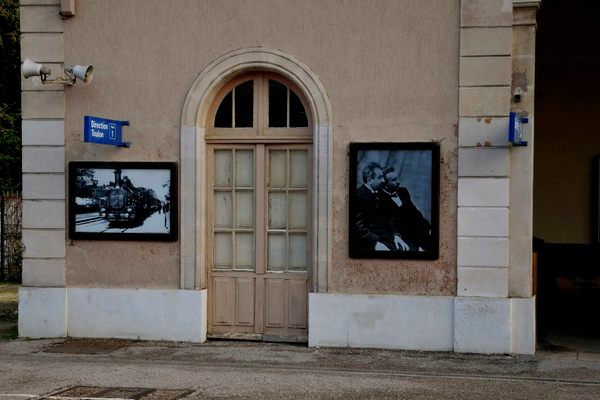Parc de Saint-Pons
A public park off the beaten path with a beautiful waterfall and 13th century Cistercian abbey.
A popular spot for locals yet little-known to most tourists, Parc de Saint-Pons in the south of France is reachable by an hour or two hike. It’s worth the journey; this public park will astound the eye with a verdant, mossy waterfall and a glimpse eight centuries into the past.
Parc de Saint-Pons, located in Gémenos, a suburb of Aubagne, manages to fit a lot of nature and historical remnants into just three square miles of land area. At the beginning of the hike the visitor will find Chapelle St. Martin, the parish of Old Gémenos dating back to the 13th century, and further along are the ruins of an old paper mill that was powered by the current of the river that the hiking trail follows.
After a pleasant riverside stroll, visitors will reach a beautiful waterfall, wider than it is tall, with cold water weaving through the green moss. But, believe it or not, the most incredible sight is yet to come.
Just a few hundred feet further is the Abbaye de Saint-Pons, which was constructed in 1206 to house a group of nuns. This Cistercian abbey was the nuns’ home for over two centuries until 1426, when, according to legend, “the abbey was destroyed on Christmas Eve because the nuns had the misfortune of opening the door of their nunnery to a group of young people inspired by the devil who engaged in fornication there. Following this orgy, God created a terrible storm that destroyed the nunnery, making the young men and the nuns perish.”
Yet, despite such violent weather conditions, the abbey still stands today in perfect form, wowing visitors as an unaltered relic of medieval times.
The abbey and the river, which is the source of water for thousands living below, are heavily monitored and protected by guards on horseback. Given the region’s prevalence of graffiti and the untouched, pristine nature of the park’s attractions, it’s not hard to understand why.
Community Contributors
Added by
Edited by
The Atlas Obscura Podcast is Back!





























Follow us on Twitter to get the latest on the world's hidden wonders.
Like us on Facebook to get the latest on the world's hidden wonders.
Follow us on Twitter Like us on Facebook